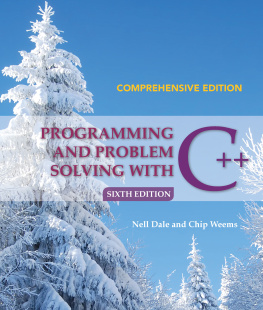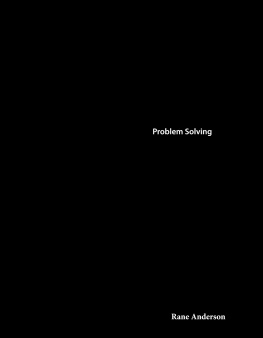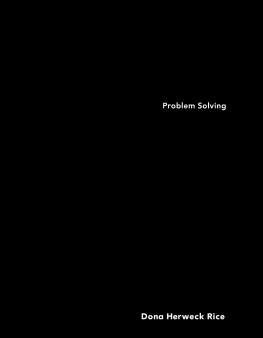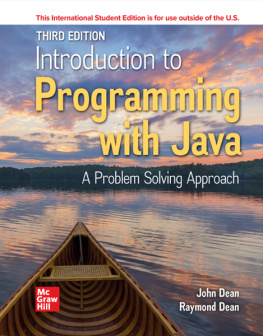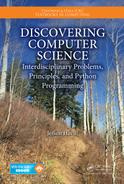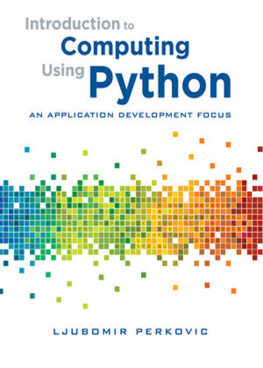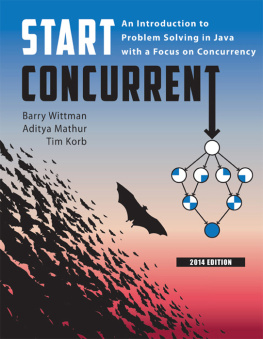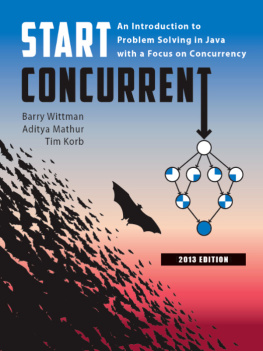Landmarks
List of Figures
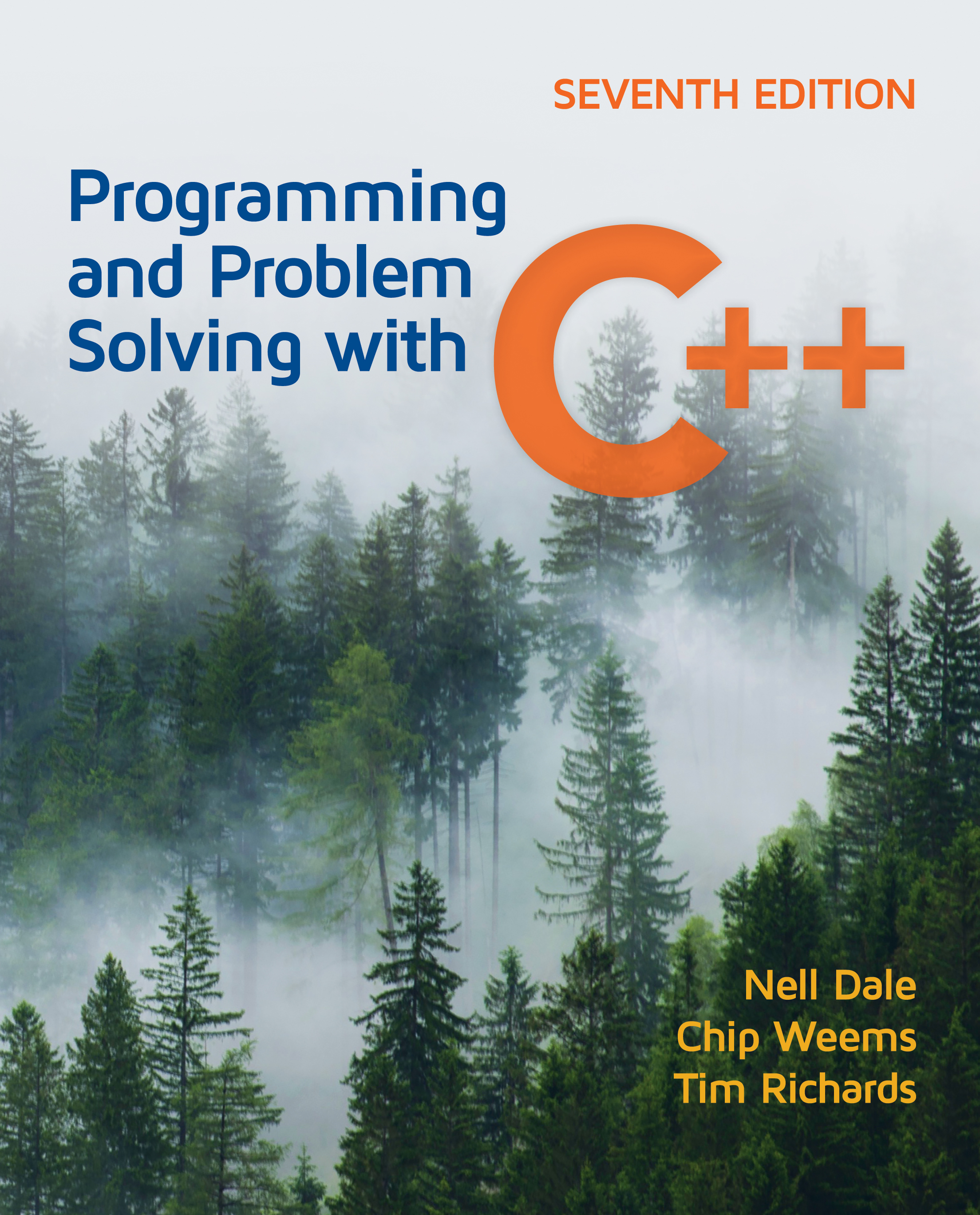
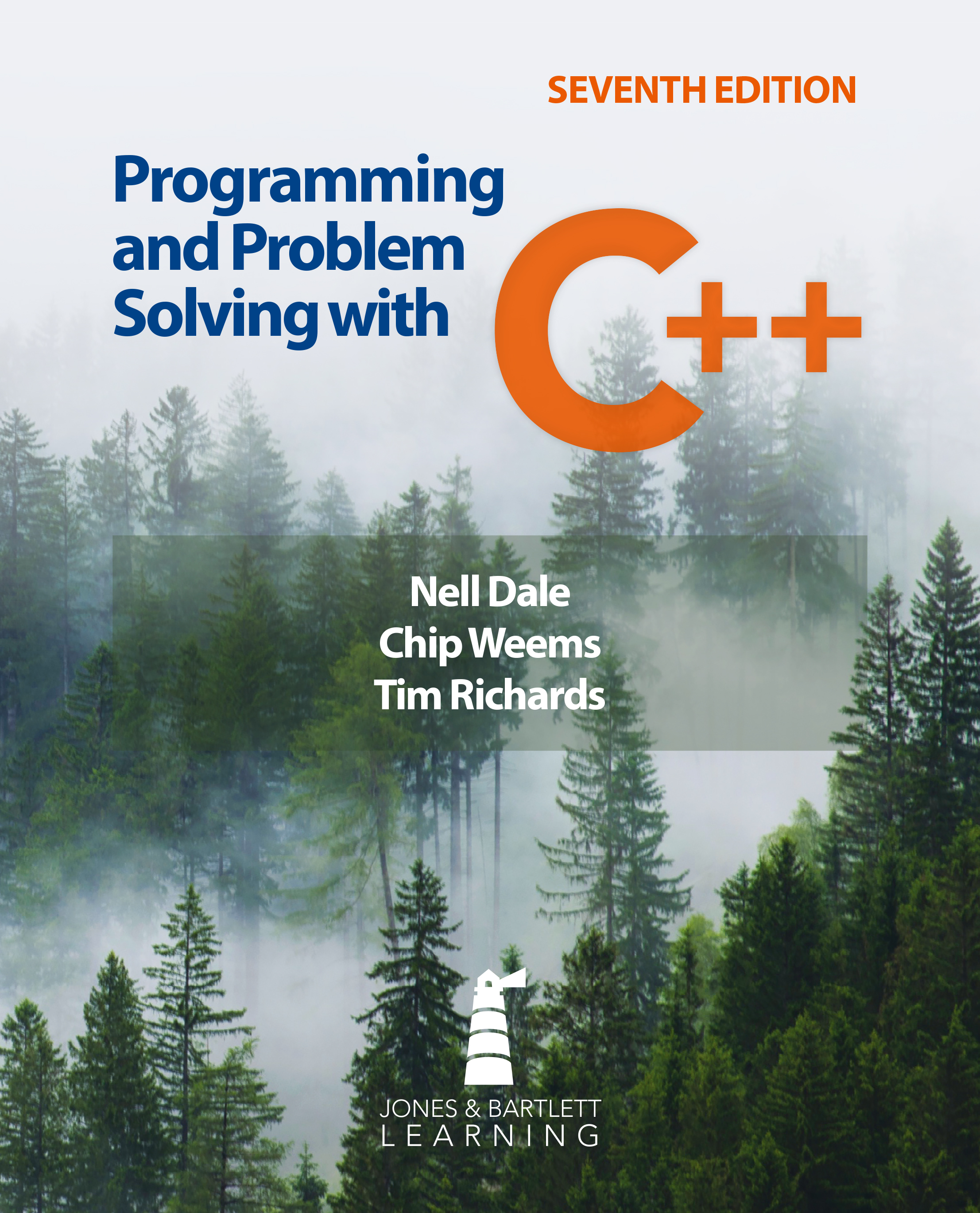

World Headquarters
Jones & Bartlett Learning
25 Mall Road
Burlington, MA 01803
978-443-5000
www.jblearning.com
Jones & Bartlett Learning books and products are available through most bookstores and online booksellers. To contact Jones & Bartlett Learning directly, call 800-832-0034, fax 978-443-8000, or visit our website, www.jblearning.com.
Substantial discounts on bulk quantities of Jones & Bartlett Learning publications are available to corporations, professional associations, and other qualified organizations. For details and specific discount information, contact the special sales department at Jones & Bartlett Learning via the above contact information or send an email to .
Copyright 2023 by Jones & Bartlett Learning, LLC, an Ascend Learning Company
All rights reserved. No part of the material protected by this copyright may be reproduced or utilized in any form, electronic or mechanical, including photocopying, recording, or by any information storage and retrieval system, without written permission from the copyright owner.
The content, statements, views, and opinions herein are the sole expression of the respective authors and not that of Jones & Bartlett Learning, LLC. Reference herein to any specific commercial product, process, or service by trade name, trademark, manufacturer, or otherwise does not constitute or imply its endorsement or recommendation by Jones & Bartlett Learning, LLC and such reference shall not be used for advertising or product endorsement purposes. All trademarks displayed are the trademarks of the parties noted herein. Programming and Problem Solving with C++, Seventh Edition is an independent publication and has not been authorized, sponsored, or otherwise approved by the owners of the trademarks or service marks referenced in this product.
There may be images in this book that feature models; these models do not necessarily endorse, represent, or participate in the activities represented in the images. Any screenshots in this product are for educational and instructive purposes only. Any individuals and scenarios featured in the case studies throughout this product may be real or fictitious but are used for instructional purposes only.
16603-3
Production Credits
Vice President, Product Management: Marisa R. Urbano
Vice President, Content Strategy and Implementation: Christine Emerton
Director, Content Management: Donna Gridley
Director, Project Management and Content Services: Karen Scott
Product Manager: Ned Hinman
Content Strategist: Melissa Duffy
Content Coordinator: Mark Restuccia
Manager, Program Management: Kristen Rogers
Project Manager: Madelene Nieman
Senior Digital Project Specialist: Angela Dooley
Director of Marketing: Andrea DeFronzo
Marketing Manager: Mark Adamiak
Content Services Manager: Colleen Lamy
Vice President, Manufacturing and Inventory Control: Therese Connell
Product Fulfillment Manager: Wendy Kilborn
Composition: Straive
Media Development Editor: Faith Brosnan
Rights & Permissions Manager: John Rusk
Rights Specialist: James Fortney
Cover Image (Title Page, Part Opener, Chapter Opener): Joost Lagerweij/EyeEm/Getty Images
Printing and Binding: LSC Communications
Library of Congress Cataloging-in-Publication Data
Names: Dale, Nell (Nell B.), author. | Weems, Chip, author. | Richards, Tim (Computer scientist), author.
Title: Programming and problem solving with C++ / Nell Dale, University of Texas-Austin, Chip Weems, UMASS Amherst, Tim Richards, UMASS Amherst.
Description: Seventh edition. | Burlington, Massachusetts : Jones & Bartlett Learning, [2023] | Includes bibliographical references and index. | Summary: "Programming and Problem Solving with C++ is appropriate for the introductory C++ programming course at the undergraduate level. Due to its coverage, it can be used in a one or two semester course. Competitive advantages of this title include: The reputation of the authors Appropriate and thorough coverage of C++ topics for the beginner programmer Clear examples and exercises, with hands-on examples and case studies"-- Provided by publisher.
Identifiers: LCCN 2021045333 | ISBN 9781284157321 (paperback)
Subjects: LCSH: C++ (Computer program language)
Classification: LCC QA76.73.C153 D34 2023 | DDC 005.13/3--dc23
LC record available at https://lccn.loc.gov/2021045333
6048
Printed in the United States of America
262524232210987654321

Chapter Opener: Joost Lagerweij/EyeEm/Getty Images.
BRIEF CONTENTS

Chapter Opener: Joost Lagerweij/EyeEm/Getty Images.
CONTENTS

Chapter Opener: Joost Lagerweij/EyeEm/Getty Images.
PREFACE
Introduction to the Seventh Edition
The first six editions of Programming and Problem Solving with C++ have consistently been among the best-selling computer science textbooks in the United States. These editions have been accepted widely as model textbooks for ACM/IEEE-recommended curricula for introductory computer science courses.
Throughout the successive editions of this book, one thing has not changed: our commitment to the student. As always, our efforts are directed toward making the sometimes difficult concepts of computer science more accessible to all students. This edition of Programming and Problem Solving with C++ continues to reflect our philosophy that a textbook should be like a guide, blazing a trail and leading its readers through territory that can initially seem difficult to navigate.
Changes to the Seventh Edition
Programming and Problem Solving with C++, Seventh Edition continues to offer coverage enabling the book to be used across two terms, thereby providing greater value for students.
Recognizing that much has changed in the eight years since publication of the Sixth Edition, as growth in the use of smartphones and apps has caused major cultural changes worldwide and made many technologies obsolete or less common, we have gone through the entire text, updating its language to reflect the modern computing landscape. Many examples and analogies have thus been adjusted or replaced, to make them more relevant. Because reading patterns have also changed as students engage more with smaller screens, we have shifted the writing style throughout every chapter to be more direct and concise. Despite the massive change in the text, instructors will be pleased to know that we have not changed the order of presentation, with the exception of some new special features.
The most prominent of the new features is the introduction of graphical user interfaces (GUIs) as optional sections at the end of each chapter, beginning with the chapter on program input. Most modern students come into our courses having never seen console input/output, which is a relic of 20th-century systems that preceded the Internet.


